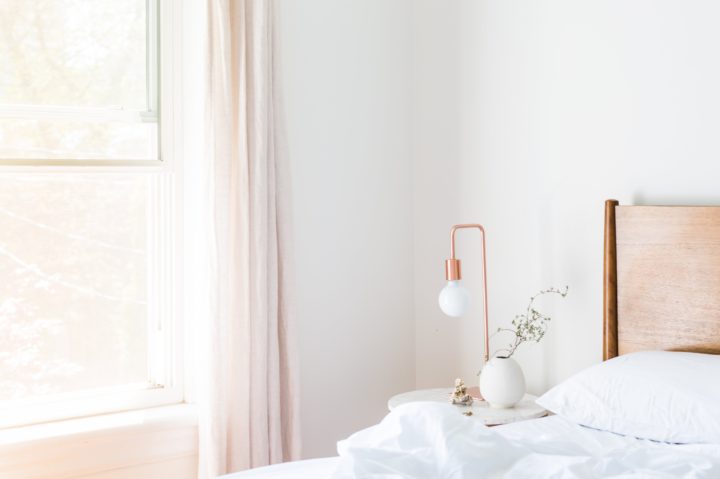The following contribution is from another author.
When you’re selling your home, in many ways, you can feel like you are done with the property before you’ve even left it. But this is the prime opportunity to maximize every single aspect of the home. You have to think of your home as a product, and you also have to market it accordingly. But as there are so many properties out there for sale, you have to be competitive in the market. In many ways, this is down to the real estate agency we are dealing with, but when there are so many aspects of selling a home that we can be blissfully ignorant about, we might not necessarily know if we are getting the best bang for our buck. Telling the story of your home is one of those little things that, in the grand scheme of marketing, becomes a way to endear our home to the prospective buyer. How can we do this?
The Importance Of Curb Appeal And First Impressions
It takes a matter of seconds to decide whether we like something or not. Because we’ve spent so long living in this property, we understand every nook and cranny, so we have to remove this from our minds. Curb appeal is all about, as the name suggests, what we see from the curb. Cosmetically, your home needs to be up to scratch. And even though you have probably “left” the property in your mind, you still need to ensure that the home looks promising, so much so that any prospective buyer feels tempted to look inside. This means ensuring the basics are catered for. While the foundation and construction need to be solid, which can be done by hiring a siding and roofing company to make these little changes, you need to think about what tells the story when someone makes their approach to the curb. If you have a large home, you can accent the style of the property in easy ways. Adding shrubbery, straight line fences, and making sure that the property is well paved and safe outside, are all these little things that send small messages that this is a property that is looked after. But when the shoe is on the other foot and you’ve got a fixer-upper, while it can be marketed as such, what you have to do is highlight the potential for the property; this involves dressing up the exterior in little ways, so you can show what it’s capable of. A lot of it is in the imagination of the buyer in this respect, and the goal is to sell it as quickly as possible.
Crafting The Perfect Imagery
As we are able to view the interior of a property without setting foot in it, first impressions count so much now because of the photographs. Creating the perfect imagery for the property is a fine art. And while you want to assume that any person that looks online will be tempted enough to set foot in the property so they can get a valid opinion for themselves, we can’t make assumptions of this notion. Photographs have to tell the story of a property, and there are some simple components to ensure that you are telling the story of the home effectively. The angles, the lighting, and the overall composition of each shot are the three things you have to think about when taking pictures of the property. What so many real estate agents do is come to a property with their shoddy digital camera, and take one picture of each room. Do you think that’s a general picture of each room shows off the potential of the property? It is unlikely. It’s time to take matters into your own hands; look at highlighting each attribute of the property. And at the same time, don’t feel tempted to overdo it with these photos.
While we can play with lighting and shot composition, just as we are working on highlighting the potential for a property from the outside, we have to do the same with each room. Each angle should show, in the simplest of terms, the size of the room, how it could be used (if it’s a spare room), and the overall atmosphere. This is very difficult, and while the vast majority of us aren’t professional photographers, you should work at setting up each shot so that the personality of the home is communicated. What we can tend to do is take photos of the property as it is; this means the house being full of our stuff. But this is our personality, not the personality of the property. And while there are bulky items we can’t move, like couches, sideboards or kitchen islands, when the person viewing the property walks through each room, they want to confirm what they’ve seen in the photographs.
Telling the story of your home is something that we might not consider right away. We could leave this to the professionals, but when we are making improvements to our home that cost a considerable amount of money, we have to ensure that we’ve done all we can. The story of the property isn’t just about cosmetic changes, but this is what will instigate a good first impression; it’s about that entire journey a buyer goes through.
While most of our storytelling skills could leave a lot to be desired, we have to work at making sure that no stone is left unturned, and that we naturally entice someone into the property, not by cheap gimmicks, but by ensuring that the property is as good as it could be. Look at it like putting makeup on: the structure of the face is the same, but you’re adding light and shade to make yourself look more presentable. And while we can all think that a house is a house, if we are adamant that we sell up quickly, telling the story is an essential skill.
















